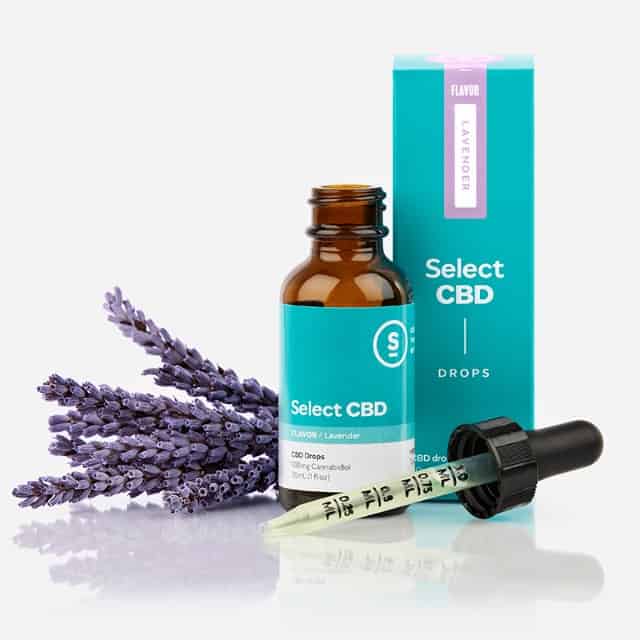In the current age of cannabis, much of the conversation around active ingredients comes down to THC and CBD.
At some point you’ve probably learned that THC (tetrahydrocannabinol) is the psychoactive compound in cannabis. However, CBD (cannabidiol), the lesser known non-psychoactive compound in cannabis, is equally as important and is gaining immense popularity for its healing effects.
The way that CBD and THC contents are reflected in products is not consistent and can be a little confusing.
Many products sold at Harborside contain both THC and CBD. The THC and CBD content is usually reflected as a percentage in flower and concentrates products (e.g. 19% THC, 3% CBD), while for edibles, it’s most common to see THC and CBD content reflected in milligrams. For other products (such as tinctures, vape pens and topicals) you may also see the THC/CBD contents reflected as a ratio, which is an easy shorthand to determine the balance between THC and CBD in the products you are using. Harborside also carries products that only contain THC or CBD only. For example:




So what are the greatest differences between THC and CBD, the two most popular of the 113 known cannabinoids? Besides the whole “one gets you high and one doesn’t” thing, here is a basic breakdown of what each is commonly used for.
THC
Nausea and Vomiting: Over the years THC has proven an effective treatment for various forms of nausea, and can be especially helpful in coping with chemotherapy-induced nausea and vomiting.
Lack of Appetite: High THC products are commonly used by those suffering from a lack of appetite, especially those coping with HIV/AIDS.
Post Traumatic Stress Disorder (PTSD): Some veterans have found high THC strains effective with helping them deal with both the physical and mental symptoms of PTSD.
Pain: THC is reported to be an effective way to manage various kinds of pain. In fact, cannabis has been used to support many patients dealing with pain as they wean themselves from opioids.
Neurological Disorders: Many patients with conditions like multiple sclerosis have found cannabis to be effective with treating tremors and the sharp pains associated with the disease.
CBD
Inflammation: CBD has shown to be an amazing treatment for dealing with inflammation, with many finding relief for aching muscles and joints, including athletes recovering from training.
Anxiety: CBD can assist those suffering with anxiety, and can be a fantastic way to relax without the fast-paced cerebral edge that can accompany THC.
Diabetes: While CBD doesn’t impact blood sugar levels, it has been reported to prevent the production of chemicals in the body that are big contributors to diabetes and other autoimmune diseases.
Seizures: Recent research has found that pure CBD oil to be comparable to currently available treatment options for those suffering from different forms of epilepsy, including Dravet Syndrome.
History
Tetrahydrocannabinol (THC) was first isolated by Dr. Raphael Mechoulam and his colleagues in 1964 at the Weizmann Institute of Science in Rehovot, Israel. Mechoulam’s discovery is still considered a watershed moment in the way we understand the science and biology of cannabis nearly 60 years later.
A year prior to his isolation of THC, Mechoulam discovered the chemical makeup of cannabidiol (CBD) for the first time (although it had actually been isolated twenty years prior). This kicked off the first wave of research around CBD. Much of that would be focused around the way researchers found it interacted with THC within the body.
During this early research period, scientists started to see the first signs of CBD’s anti-epileptic properties. Researchers also quickly noticed how non-psychoactive it was, resulting in a lack of enthusiasm around CBD in the research community for decades, and leading to a focus on THC instead.
During the time that followed, much was learned about THC and its various benefits. It seemed like a true wonder drug. In addition to the euphoric effects traditionally associated with THC, patients who couldn’t eat were holding down food; those dealing with various pain conditions found relief; and those struggling with muscle spasticity issues could hold a glass. Unfortunately, medical cannabis would continue to be illegal in the US for decades.
CBD would get another shot in 1988, when GW Pharmaceuticals convinced the British government that they should be allowed to produce cannabis-based medicines that would not get people high. In the process, they discovered CBD was even more beneficial than previously thought, and partnered with Hortapharm B.V. to develop further research. In 2016 the UK formally declared the CBD molecule to be medicine.
In the United States, the collaborative work of Harborside and Project CBD has helped bring CBD’s medicinal values to the forefront. These efforts led to the first wave of patients whose lives were changed by CBD sharing their stories with various international media outlets. The snowballing conversation around its use as a medicine still goes on to this day.
References
https://www.consumerreports.org/seizures/cannabis-oil-cbd-treat-seizures/
CBD compound in cannabis could treat diabetes, researchers suggest

